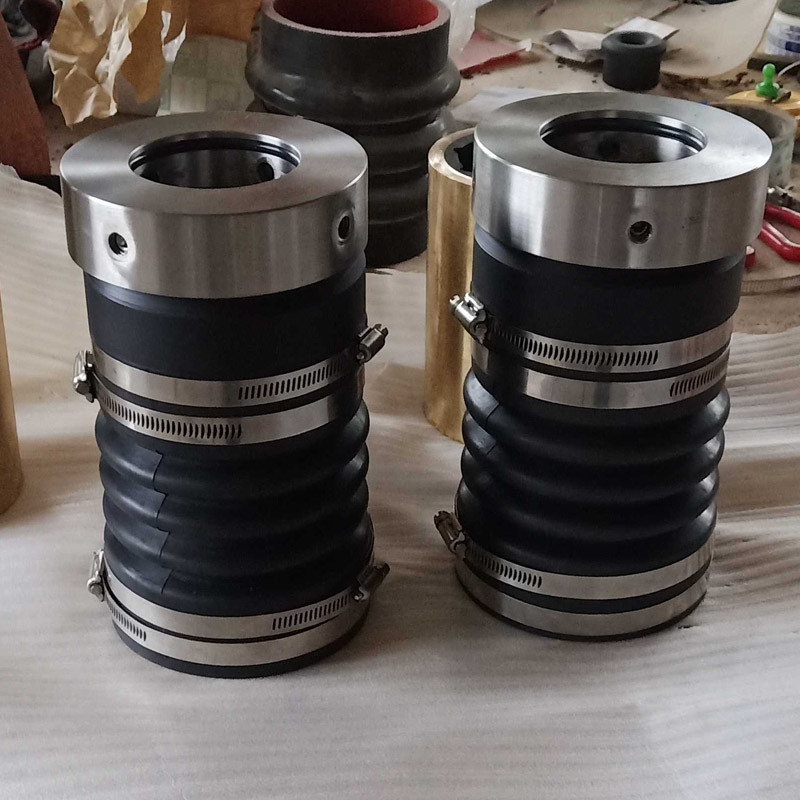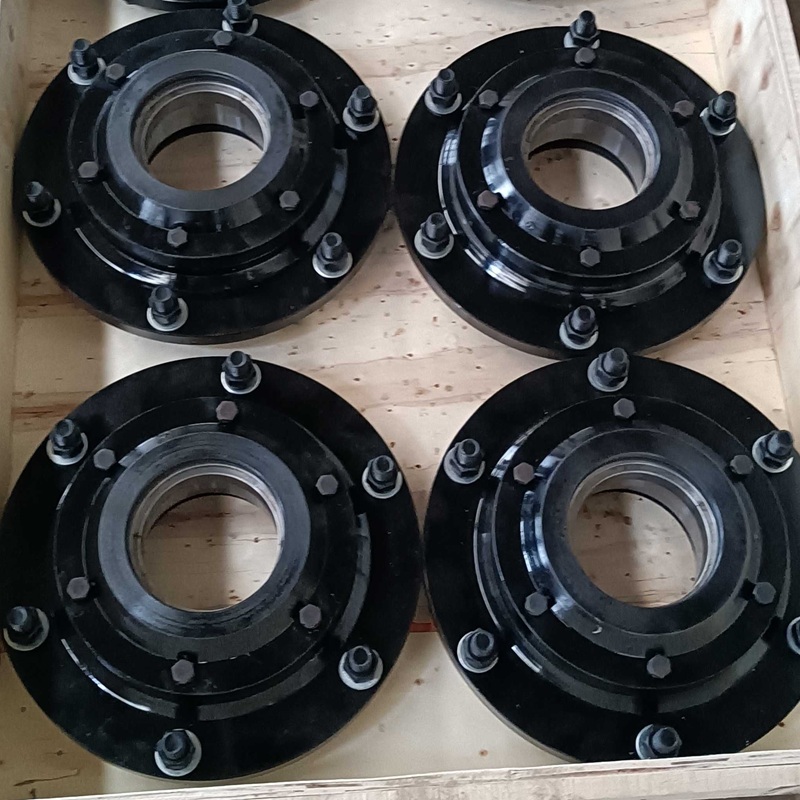Understanding Rudder Bearings: Essential Components for Marine Navigation
Release Time:
May 30,2025
Rudder bearings are integral components of a ship's steering system, allowing for the smooth and efficient articulation of the rudder. Positioned between the rudder stock and the hull, these bearings facilitate the transmission of steering forces while minimizing friction and wear. Understanding the intricacies of rudder bearings is essential for professionals in the maritime industry, as their pe
Rudder bearings are integral components of a ship's steering system, allowing for the smooth and efficient articulation of the rudder. Positioned between the rudder stock and the hull, these bearings facilitate the transmission of steering forces while minimizing friction and wear. Understanding the intricacies of rudder bearings is essential for professionals in the maritime industry, as their performance directly impacts a vessel's navigational capabilities and overall operational efficiency.
There are several types of rudder bearings, each designed for specific applications and operational conditions. Common materials used in rudder bearings include bronze, plastic composites, and rubber. Bronze bearings are known for their durability and resistance to corrosion, making them suitable for various marine environments. Plastic composite bearings, on the other hand, offer low-friction properties and reduced maintenance requirements, while rubber bearings can absorb shock and vibrations, providing a smoother operation under challenging conditions.
The installation of rudder bearings is a critical process that demands precision and expertise. Proper alignment is vital to ensure optimal performance; misalignment can lead to increased wear and eventual failure of the bearing. Consequently, regular inspections and maintenance are necessary to extend the lifespan of the bearings and prevent costly downtime. Professionals should be vigilant in monitoring for signs of wear, such as unusual noises or difficulties in steering response, which may indicate that the bearings need adjustment or replacement.
In addition to routine maintenance, it is important to consider the environmental factors that can affect rudder bearings. The marine environment is often harsh, with exposure to saltwater, varying temperatures, and pressure changes, all of which can influence bearing performance. Using maintenance-free or low-maintenance options can be beneficial, particularly in ensuring that bearings remain operational with minimal intervention.
Furthermore, advancements in technology have led to the development of innovative bearing solutions that enhance reliability and performance. For instance, some modern bearings incorporate self-lubricating features, significantly reducing the need for frequent lubrication and maintenance. Such innovations not only improve operational efficiency but also contribute to the overall sustainability of marine operations.
In conclusion, understanding rudder bearings is essential for professionals involved in marine transportation and vessel management. By recognizing the different types, installation techniques, and maintenance practices, industry experts can ensure that their vessels operate smoothly and efficiently. This knowledge not only aids in prolonging the life of the rudder bearings but also enhances the overall safety and performance of the vessel, ultimately contributing to successful marine navigation.
There are several types of rudder bearings, each designed for specific applications and operational conditions. Common materials used in rudder bearings include bronze, plastic composites, and rubber. Bronze bearings are known for their durability and resistance to corrosion, making them suitable for various marine environments. Plastic composite bearings, on the other hand, offer low-friction properties and reduced maintenance requirements, while rubber bearings can absorb shock and vibrations, providing a smoother operation under challenging conditions.
The installation of rudder bearings is a critical process that demands precision and expertise. Proper alignment is vital to ensure optimal performance; misalignment can lead to increased wear and eventual failure of the bearing. Consequently, regular inspections and maintenance are necessary to extend the lifespan of the bearings and prevent costly downtime. Professionals should be vigilant in monitoring for signs of wear, such as unusual noises or difficulties in steering response, which may indicate that the bearings need adjustment or replacement.
In addition to routine maintenance, it is important to consider the environmental factors that can affect rudder bearings. The marine environment is often harsh, with exposure to saltwater, varying temperatures, and pressure changes, all of which can influence bearing performance. Using maintenance-free or low-maintenance options can be beneficial, particularly in ensuring that bearings remain operational with minimal intervention.
Furthermore, advancements in technology have led to the development of innovative bearing solutions that enhance reliability and performance. For instance, some modern bearings incorporate self-lubricating features, significantly reducing the need for frequent lubrication and maintenance. Such innovations not only improve operational efficiency but also contribute to the overall sustainability of marine operations.
In conclusion, understanding rudder bearings is essential for professionals involved in marine transportation and vessel management. By recognizing the different types, installation techniques, and maintenance practices, industry experts can ensure that their vessels operate smoothly and efficiently. This knowledge not only aids in prolonging the life of the rudder bearings but also enhances the overall safety and performance of the vessel, ultimately contributing to successful marine navigation.
Keywords:
More information



